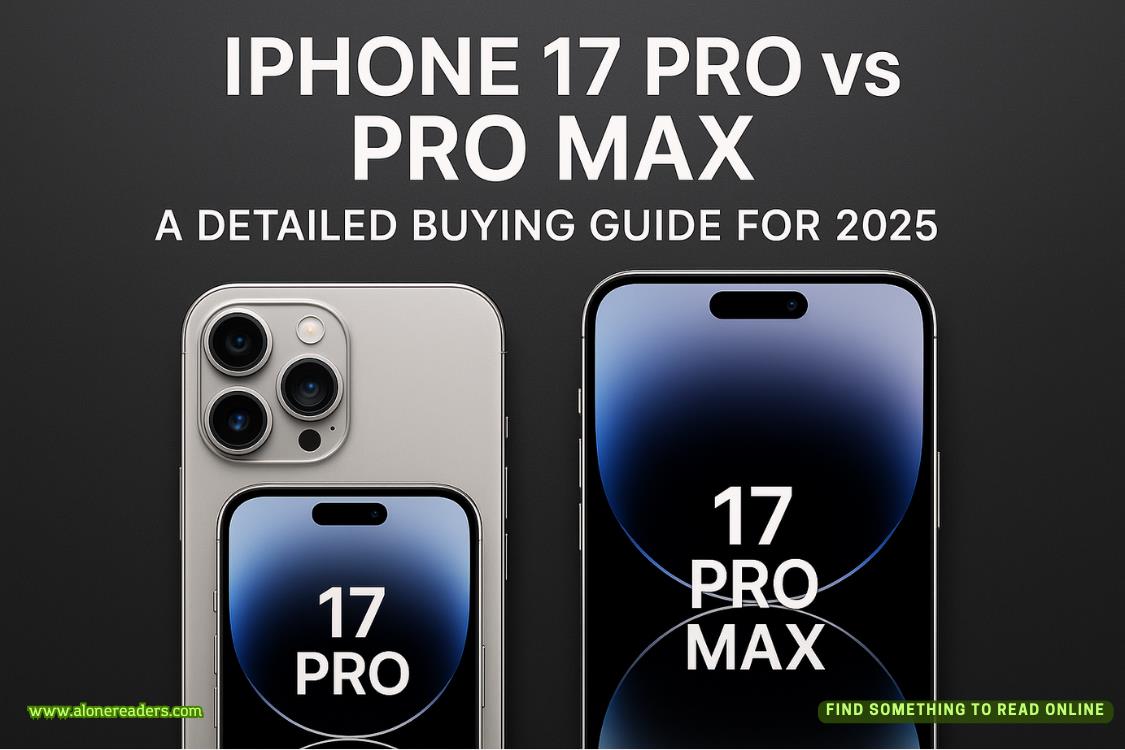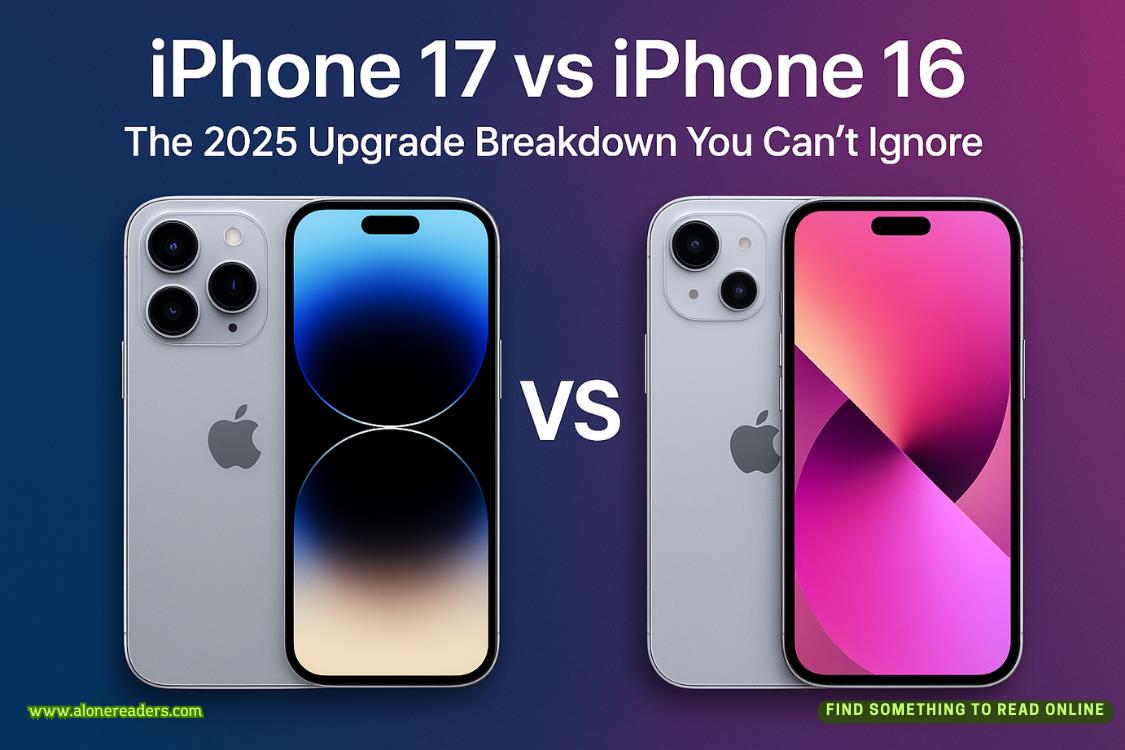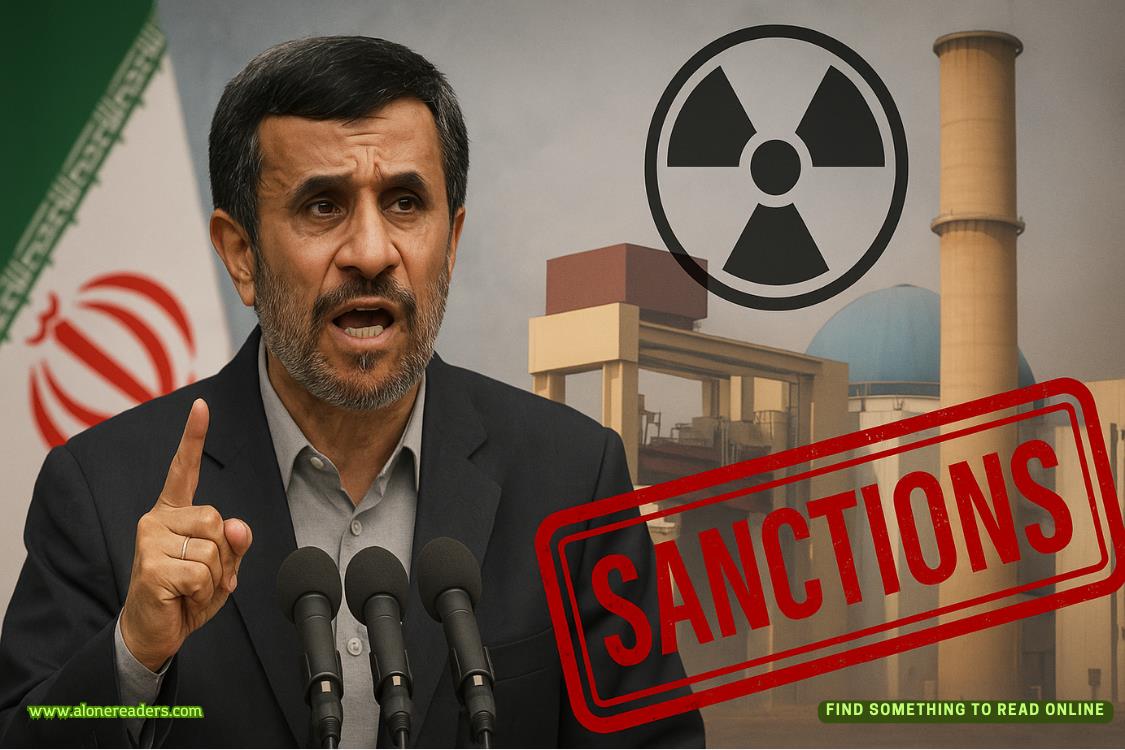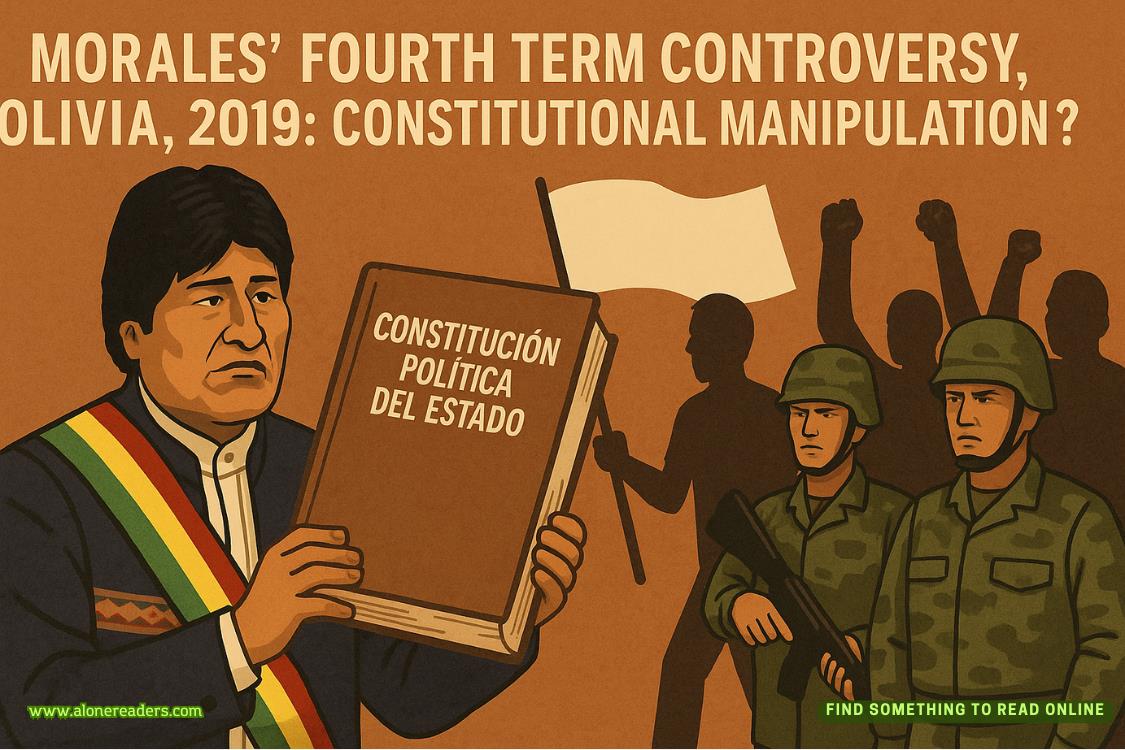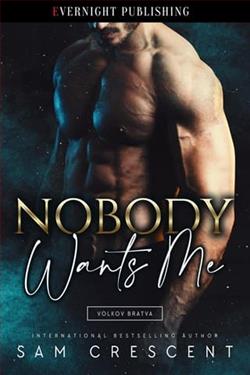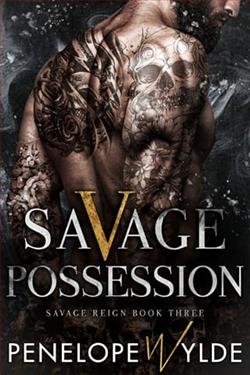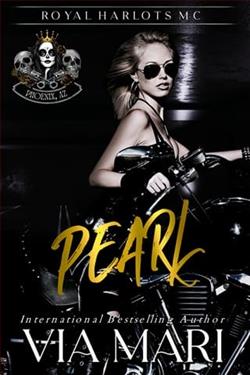Page 75 of My Big, Fat, Fake Billionaire Wedding
“No, it’s better.” Her eyes shine with sudden excitement. “It’s both business and art. The intersection is where the real value lies.”
I watch her hurry from the kitchen, already muttering about color schemes and spatial flow. Something uncomfortable settles in my chest. It’s a feeling I don’t want to examine too closely.
“This is...”Jonas scratches his chin. “Unexpected.” He looks from the presentation on the conference room screen to me. “Veryunexpected.”
Ava’s vision for the Riverside properties covers the wall. A blend of practical renovation plans, historical preservation elements, and a marketing strategy targeting creative industry tenants. The numbers have been adjusted to reflect premium positioning rather than standard commercial rates.
The investment committee sits in stunned silence. Burt Lee’s face has turned an interesting shade of red.
“The heritage tax credits alone offset fifteen percent of the renovation costs,” I point out, indicating the financial breakdown. “And the phased approach allows for cash flow from the first buildings to support later development.”
“It’s a complete departure from our standardmodel,” Burt sputters. “We’ve always focused on conventional—”
“Conventional approaches yield conventional returns,” I cut him off. “This proposal projects a thirty-two percent higher ROI over five years.”
“Based on some very optimistic tenant assumptions,” he counters.
“Based on documented trends in similar developments in Chelsea and DUMBO,” I correct him. DUMBO stands for Down Under the Manhattan Bridge Overpass, of course. “The data supports the creative hub concept.”
Jonas leans forward, studying the financial models. “Who developed this approach? It doesn’t look like our usual work.”
I hesitate only briefly. “Ava did.”
“Your wife?” Burt’s eyebrows shoot up. “Theartstudent?”
“The trustee of our investment entity,” I remind him coldly. “Who brings a valuable perspective we’ve been lacking.”
“It’s brilliant,” says Ella Winters, our lead counsel. “Genuinely innovative. If we move quickly, we can secure these properties before Blackwell realizes their potential.”
The discussion continues, but I find my thoughts drifting to Ava. To the way her eyes lit up when she described her vision. To the passion in her voice when she insisted beauty had quantifiable value.
I’ve always believed business decisions should be clinical, detached. Emotional distance ensures rational outcomes. Yet here I am, about to commit millions based on an artist’s intuition.
An artist who sees me as wood and herselfas fire.
An artist who’s making me question everything I thought I knew.
Jonas catches my eye across the table and gives me a slight nod. He sees it too. The unexpected value Ava brings. Not just as a legal shield against Blackwell, but as a genuine business partner with insights none of us possess.
My phone buzzes with a text from her:“Well? Am I fired yet?”
I type back:“Committee approving acquisition. Your vision, our first official investment together.”
Three dots appear, disappear, appear again. Disappear. Appear. Finally:“Holy shit.”
I find myself smiling. Then quickly stop when I notice Jonas watching me.
“All in favor?” I ask the committee, bringing my focus back to the business at hand.
The vote is unanimous. Even Burt reluctantly raises his hand, though his expression suggests he’s already planning how to undermine this approach.
I gather my papers, already calculating our next moves to secure the properties before Blackwell can interfere. But beneath the strategic planning, a more troubling thought persists.
I’m in dangerous territory here. Admiring Ava’s mind wasn’t part of the plan. Respecting her business instincts wasn’t in the contract.
Section 5, paragraph 3. No emotional involvement. She wanted it included as badly as I did.
But as I head back to my office to call our acquisition team, I wonder if it’s already too late for that particular clause.
